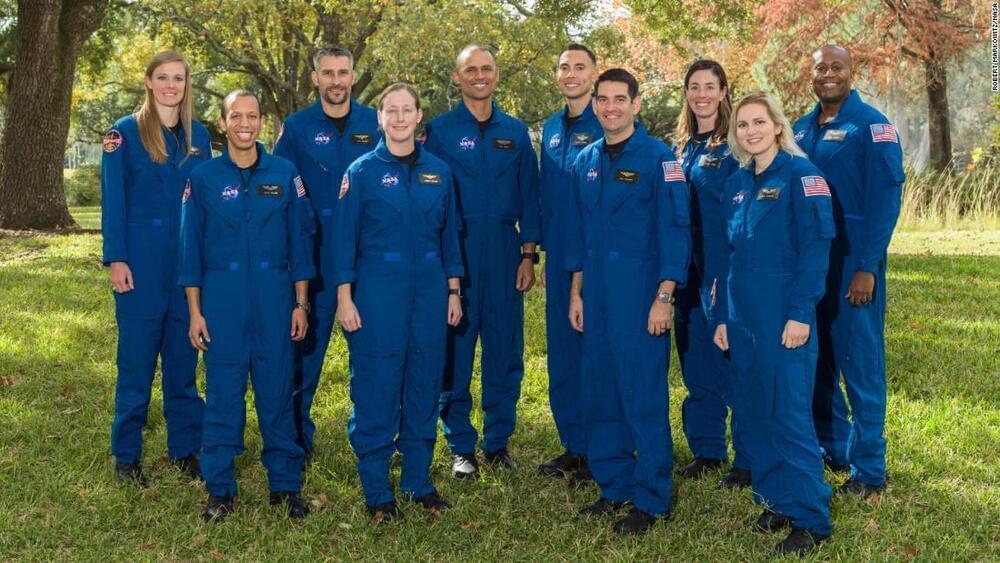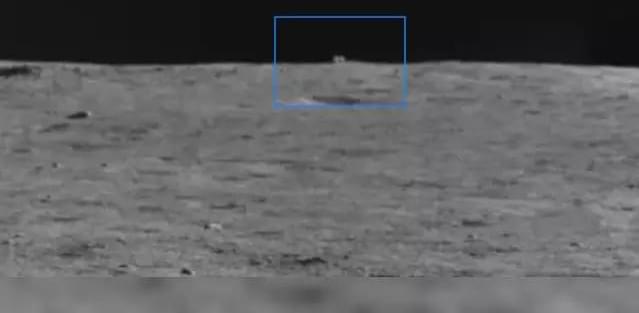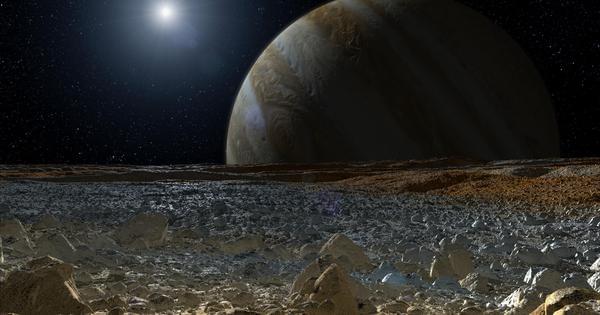This website is dedicated to space and new developments in technology sector including new discoveries.


Breakthrough Starshot’s ultra-lightweight spacecraft will have to travel four light-years to reach Alpha Centauri. To put it another way, our nearest neighboring star system is a mind-shattering 40,208,000,000,000 (40 trillion) km away from Earth.
As a point of reference, our fastest and most reliable technology today for long-range space travel is the ion thruster, which is powering NASA’s DART mission to a nearby asteroid at speeds of 15,000 mph (24,000 km/h). However, according to NASA, with the ion thruster, it would take 18,000 years, or approximately 2,700 human generations, to get to Alpha Centauri.
Impressively, the Breakthrough Starshot team believes its spacecraft, with the help of lasers located on Earth, will be able to reach unprecedented speeds, allowing it to travel the distance to Alpha Centauri in only 20 years. If it does reach its destination, the probe spacecraft will then send back the first-ever images taken from another solar system, allowing a never-before-seen window to distant planets that may or may not resemble Earth.

Ten men and women are ready to begin training so they can journey to the International Space Station, the moon and beyond. The new astronaut class of 2021 was announced by NASA on Monday.
The 10 astronaut candidates, the first new astronaut class in four years, were selected from more than 12,000 applicants. The agency’s administrator, Bill Nelson, introduced them live from Ellington Field near NASA’s Johnson Space Center in Houston, where the candidates will spend the majority of the next two years training beginning in January 2022.
“Today we welcome 10 new explorers, 10 members of the Artemis generation, NASA’s 2021 astronaut candidate class,” Nelson said. “Alone, each candidate has ‘the right stuff,’ but together they represent the creed of our country: E pluribus unum — out of many, one.”
There are many types of rocket fuel. Some are more useful on a particular planet. And some can be created by bacteria.

This rover has moves that could take over a dance floor. A new video shows a simulator known as the Ground Test Model doing a sort of zombie walk over Martian-like terrain, to test out techniques for a future Mars missions.
“The rover initially has its front two wheels almost completely buried in sand, but easily escapes using its unique wheel-walking mode,” the European Space Agency said in a statement of the testing at Thales Alenia Space facilities in Turin, Italy, noting that the 6-foot drive took about 20 minutes to accomplish.
“The back wheels drag once the front four wheels have gained good traction on firmer terrain. The reason is that the wheel-walking sequence tested here has rather been optimized for climbing steep slopes with loose soils,” ESA added of the sequence.
Liftoff is scheduled for 2:38 a.m. EST (0738 GMT) on Wednesday.
Two space tourists will launch toward the International Space Station on Wednesday (Dec. 8), and you can watch the action live.
A Russian Soyuz rocket carrying Japanese billionaire Yusaku Maezawa, video producer Yozo Hirano and cosmonaut Alexander Misurkin is set to launch at 2:38 a.m. EST (0738 GMT or 1:38 p.m. local time) Wednesday from Baikonur Cosmodrome in Kazakhstan.
Get 20% off your first Mack Weldon order and try out the Daily Wear System when you go to http://www.mackweldon.com/joescott and enter promo code “JOESCOTT” at checkout.
From the potential of orbital railguns, to space elevators on the moon and Mars, to the threat of AI taking over your job, to the latest on Neuralink, today’s lightning round video features questions from Patreon supporters. Thanks for the great questions guys!
Want to support the channel? Here’s how:
Patreon: http://www.patreon.com/answerswithjoe.
Channel Memberships: https://www.youtube.com/channel/UC-2YHgc363EdcusLIBbgxzg/join.
T-Shirts & Merch: http://www.answerswithjoe.com/store.
Check out my 2nd channel, Joe Scott TMI:
https://www.youtube.com/channel/UCqi721JsXlf0wq3Z_cNA_Ew.
Interested in getting a Tesla or going solar? Use my referral link and get discounts and perks:
https://ts.la/joe74700
Follow me at all my places!

While the nature of the object can only be speculated until Yutu-2 gets closer, it is unlikely to be a bunker left behind by an interplanetary species.
It is more likely to be a boulder or a piece of debris, like several others in that region of the moon.
The Yutu-2 rover was launched in 2018 by China as part of the Chang’e-4 lunar lander mission. It entered lunar orbit on December 12, 2019, before scripting history on January 3, 2020, by becoming the first mission to accomplish a soft landing on the lunar surface.

A scientist who loves to write, can do it well, and can share the excitement of the scientific pursuit is incredibly rare. Kevin Peter Hand 0, Deputy Project Scientist, Europa and Director of the JPL Ocean Worlds Lab is that rare person who can do all these things. In his incredible book Alien Oceans: The Search for Life in the Depths of Space 0, he explains that “We know that the laws of physics, the principles of chemistry, and the principles of geology all work beyond Earth. We’ve explored other worlds and observed that these sciences are universal. When it comes to biology, however, we have yet to make that leap.”
If you want to learn about how the intersection of numerous areas of science are helping inform our understanding of the oceans, space, and ourselves, Alien Oceans is by far one of the most clearly written books on the topic. As Kevin notes, he wrote the book he wishes he could have read in college. Kevin will teach you and inspire you and explain complicated scientific topics in ways nearly anyone can understand. Not only is it a book about his areas of expertise, it is also a wonderful window into the way scientists and engineers think about solving real world problems and applying basic knowledge. For example, Kevin notes in this interview that “Making measurements is where the creativity of science meets the hard reality of engineering.” I read a lot of books on science written for a broad audience, and this book, by far is among the very best I have ever read. More than anything else what came through in Kevin’s writing is excitement about finding out what is true.
What inspired you to write this book?
